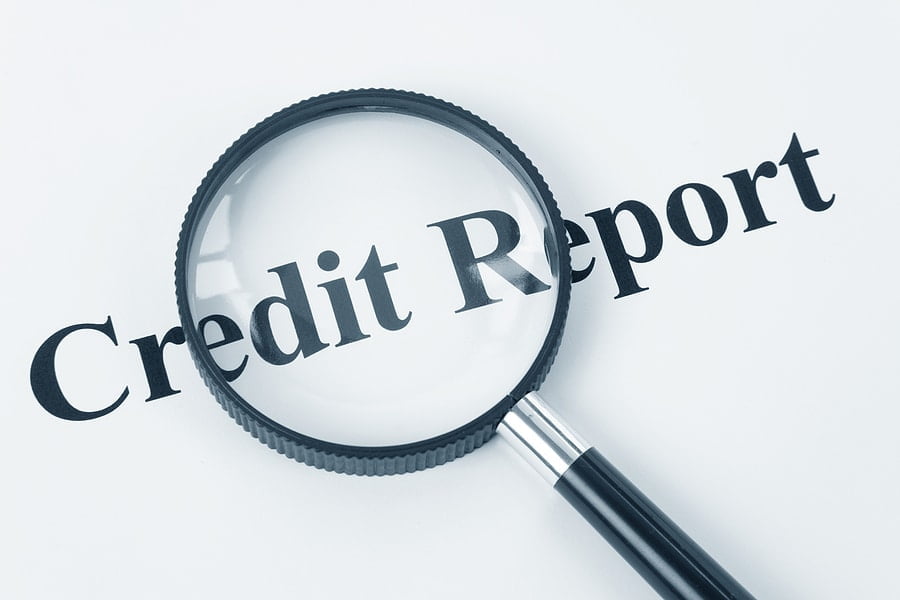If you’ve ever pulled your credit files from Experian, Equifax and TransUnion – each of the three major credit bureaus- and tried to compare them, you know that certain information in your credit records likely to be different. But did you also realize that the manner in which the credit bureaus present your credit data is also likely to differ substantially?
Here are some highlights of the key differences between Experian, Equifax and TransUnion (the big three credit bureau’s reports) – and how that information can help you to both better understand and improve your credit rating.
Equifax Highlights
As of this writing, Equifax reports are the only ones that summarize “Open Accounts” and “Closed Accounts,” making it far easier to distinguish this information and choose which accounts you want to examine first. (With Experian and TransUnion, all accounts are grouped together and listed alphabetically). Equifax files also often show an 81-month credit history for your credit accounts. In some cases, however, particularly for closed or paid accounts, you will see a statement saying: “No 81-Month Payment Data available for display.”
Experian Highlights
Experian credit reports contain a unique feature that many users find extremely enlightening. For all of the accounts listed in your credit file, Experian shows you “Status Details” indicating when an account is scheduled to fall off your credit report.
For example, since positive payment history remains on your credit report for 10 years, an auto loan that you paid off and closed in July 2020 will show the following Status Details: “This account is scheduled to continue on record until July 2030.” By contrast, let’s say you had an account go to collections and ultimate get written off by a creditor. For those of you who with these and other negative marks in your credit file, you won’t have to wonder how long a certain blemish will haunt you. That critical “Status Details” section of your Experian report will give you that precise information.
With Experian credit files, you will also see a monthly “Balance History” for any accounts that are still open, or for those closed accounts with an outstanding balance. The “Balance History” information in Experian credit reports currently dates back ten years.
Also included in the “Balance History” section will be a statement indicating was your high credit/high balance was has been, over different time frames, for the past decade. If you’ve had an account open for less than 10 years, the Balance History data will reflect whatever time period you opened the account. For instance, it could say: “Between September 2018 and January 2023 your credit limit/high balance was $5,000.”
TransUnion Highlights
TransUnion has the most thorough employment data section in your personal summary. You can update or correct several fields, including: your current or previous employer’s name, the position you held and the date you were hired.
Changing this information will not improve your credit score. However, if you ever seek a loan in the future, it will be helpful to have your information accurately reflected in your credit report to show a lender your hire date for a job, or the length of time you spent at a specific employer.
Read: Which Credit Report is More Important?
TransUnion reports list “Satisfactory” and “Unsatisfactory” accounts. They also include color-coded boxes (white, green, yellow, orange and red), with words or numbers inside of them, to indicate your payment history:
- A white box with an “X” indicates unknown information
- A green box with “OK” signals that your payment is current.
- A yellow box with “30” means you were 30 days late on a payment.
- An orange box with “60” means you were 60 days late.
- A red box with “90” means you were 90 days late.
- A red box with “120” means you were 120 days late.
Lastly, TransUnion also uses the notation “N/A” or “Not Applicable” to describe various accounts.
The Information Found In All Credit Reports from Experian, Equifax and TransUnion
All credit reports – whether from Experian, Equifax or TransUnion – contain basic information that can be categorized into five primary sections:
Your personal information
These personal facts about you include your full name, date of birth, address, place of employment, and a partial listing of your social security number.
A summary of your accounts
Your account summary lists any information creditors have reported about your payment history on loans of all kinds, such as mortgages, credit cards, auto loans, and student loans.
Any public records
Any public record on your credit file – such as a judgment, tax lien or bankruptcy – will seriously lower your FICO credit score. However, judgments or bankruptcies listed as “dismissed” will not impact your credit rating because they will be ignored by credit-scoring firms, as if they never happened.
Inquiries on your credit file
An inquiry in your credit file is a record of any application for credit that you made.
For example, if you seek a mortgage or car loan, or even if you apply for a credit card or perhaps request an increase in your current credit card limit, any of these actions can result in an inquiry, also known as a “hard” pull of your credit file. (Pulling your own credit report is a “soft” pull and doesn’t impact your credit rating).
Consumer statements
Under the Fair Credit Reporting Act, you are allowed to add a 100-word “Consumer Statement” to any of your credit reports if you have disputed an item in your credit files, but the item was not removed because it was verified by a creditor.
Scrutinizing your credit reports puts you one step closer to achieving a great credit rating because you will undoubtedly become better educated about your credit just looking at the highlights of each credit file, and the way that similar information is presented differently in each credit report.
You’ll only be able to spot these differences, though, by closely examining your credit reports generated by Equifax, Experian and TransUnion.
If you want the most up-to-date copies of your credit reports, you can get them at no charge from AnnualCreditReport.com. Knowing what’s in your credit files is great, but you should also know your credit scores.
Need financial coaching? Sign-up for one-on-one coaching on my personal website at LynnetteKhalfaniCox.com










